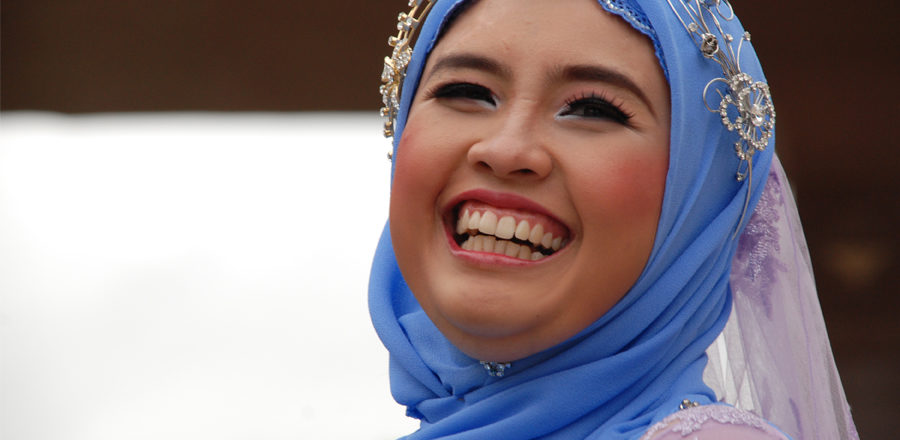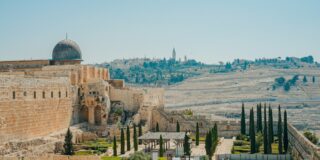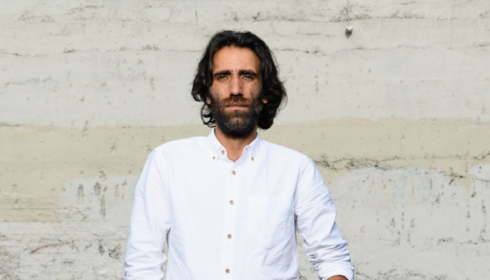
The issue of identity for a Muslim woman has never been more topical in Australia than at present.
Far more than men, Muslim women are conspicuous in this beach-loving, frequently hot climate, where female flesh is commonly on display. Conspicuous as they are, Muslim women are one of the easiest targets of the anger and frustration felt in the current global political crisis.
Has this caused Muslim women to retreat from displaying their religious identity so prominently? In a few cases, yes. For the vast majority, no. And it has even resulted in many more women putting on the hijab.
The hijab is the attire of choice by practicing Muslim women today. Spawning a huge fashion industry, the hijab mainly refers to a scarf covering the hair – and usually the neck – but also includes modest clothing that conceals arms and legs with pant suits, flowing gowns or long skirts.
The hijab is a significant part of a Muslim woman’s identity in many ways. The most important and widely recognised aspect within the Muslim community is that the hijab is a sign of faith, of modesty, and is one of the recognised practices encouraged by the Prophet Muhammad.
Many Muslim women aspire to wear the hijab. One of my work consultants complained until recently, “I really want to wear the hijab but I am not ready yet.” Yet despite the increased public scrutiny of the “burqa” from anti-terrorism legislation, and consequent heightened threat to Muslims, she felt emboldened to start wearing it only a few weeks ago.
The niqab (long head scarf with additional face covering) is in some ways the next step up in the practice of faith. This is not to be confused with the burqa, which is a traditional tent-like covering from the head to the feet. It was worn only by women in isolated villages in Afghanistan, until it was popularised by the Taliban.
“For many Muslim women wearing Muslim dress is a liberation from societal norms,
a freedom to express delight in being a practicing Muslim.”
Like a person keeping fit might adopt a regular exercise routine, and slowly build up to a more rigorous and dedicated program of marathon running, so too do Muslims have a depth to their practice of religion where the niqab is associated with practicing faith at a higher level.
Increased prayer routines, study of the Quran and its teachings, and attendance at religious gatherings are all included with their increased focus on religious adherence.
Although female head coverings are included in all traditional religious texts and were clearly worn in various guises since the time of the Prophet s.a.w., wearing the hijab and niqab in this century is surprisingly a recent trend, since it was largely absent for most of the last century.
Under the westernising influence of colonialism and the neocolonialist dictators that largely ruled the Muslim world, a more “modern” attire was sought by aspiring Muslims and encouraged by their governments.
In some cases, the hijab and other signs of faith were banned and those continuing to wear them were unable to access higher levels of education, government positions, or prominent positions in society.
Western legal systems and those who were trained in them replaced Islamic scholars who could previously obtain prominent positions as judges and administrators.
Madrassahs (religious schools) and scholarship in Islam were left to those who had not succeeded in entry to Western education, attracting the least educated in the community with little prospect of influence in their modernising societies.
The return of the hijab reflects the global Muslim community’s concern that in seeking westernisation, Muslim societies have lost much that was valuable in their religion and spirituality.
The hijab and especially the niqab appear confronting to many Australians. In a society which cherishes fashion and freedom of choice in attire, the hijab has spawned a fashion industry which successfully blends colour and coverage with recognisable Aussie jackets, skirts and pants.
The niqab, however, triggers the same concern that the hijab used to evoke – in a land of “freedom” why choose to be restricted?
For many Muslim women wearing Muslim dress is a liberation from societal norms, a freedom to express delight in being a practicing Muslim, and a demonstration of just how important the teachings of Islam are to Muslim women.
—
Silma Ihram (B.A. Dip. Ed. M. Ed. Admin. M. A. Hons. M. A. Isl Stud. MACEL, JP) is an educator, the founder and former Principal of two prominent Muslim schools – Al Noori Muslim Primary School, and Noor al Houda Islamic College (now known as Australian International Academy Sydney). Silma is currently the President of the Australian Muslim Women’s Association, and is also the director of Diversity Skills Training, a registered training organisation.



